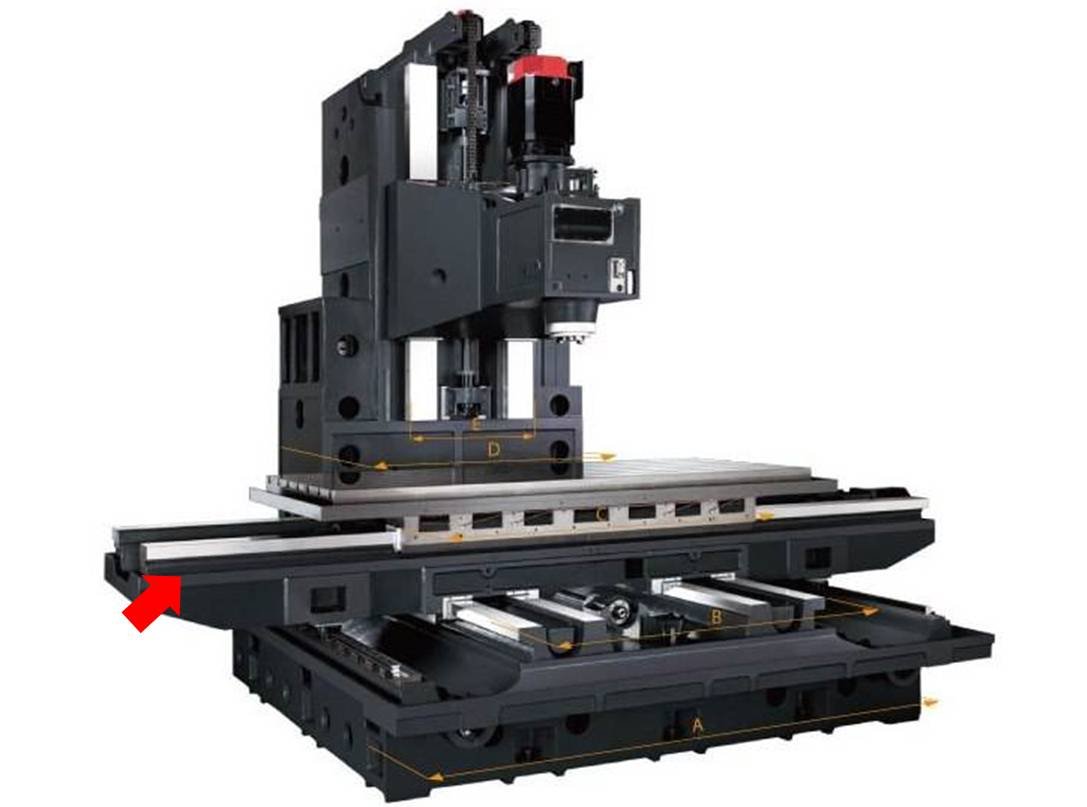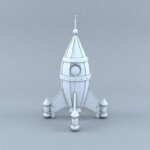We often hear that CNC machining centers are divided into hard rails and linear rails. When customers choose a machining center, they ask themselves: is hard rail or linear rail better? What is the difference between the two?
1
What is hard rail? What is a linear rail?
Hard rail refers to the casting where the guide rail and the machine bed are integrated, and then the guide rail is processed on the basis of the casting. That is, the guide rail shape is cast on the bed and then processed by quenching and grinding. There are also cases where the bed and guide rail are not necessarily integrated. For example, the steel inlaid guide rail is nailed. bed after treatment.
Machine tools using hard rails
Linear rails generally refer to rolling guides, which are the type used in linear modules often used in the machine tool industry. We generally call these components “linear guides”. The linear guide itself is divided into two parts: the slider and the slider. There are internal circulation balls or rollers in the sliding block, and the length of the sliding rail can be customized. It is a modular component, a standardized and serialized individual product manufactured by a specialist manufacturer. It can be installed on a machine tool and can be dismantled and replaced after wear. Many machine tools in the finishing field use high-precision linear rails as machine tool guide rails, which also greatly guarantees the processing precision of machine tools. Imported machines include Rexroth from Germany and THK from Japan which perform better. are Nanjing, Hanjiang Line Rail, Taiwan Silver, etc.
Machine tools using linear rails
2
Hard rail? Line rail? Which is the best?
In fact, there is no difference between rigid rails and linear rails. I can only say whether they fit or not, because they have different orientations. Let’s take a look at their respective pros and cons.
1. Advantages, Disadvantages and Applications of Hard Rails
The hard rail has a large sliding contact area, good rigidity, strong earthquake resistance and strong load capacity, and is suitable for cutting under heavy load.
Hard rails belong to dry friction. Due to the large contact area, the friction resistance is also large, and the moving speed cannot be too fast. At the same time, the crawling phenomenon occurs easily, and empty spaces on the moving surface will cause processing errors. Maintaining machine tool rails is a top priority. Once the rails are insufficiently lubricated, they risk burning or excessive wear, which is fatal to the precision of the machine tool.
Hard rail application is suitable for heavy cutting, large molds, high hardness parts and parts with medium precision requirements.
2. Advantages, Disadvantages and Applications of Linear Rails
Many machine tools today operate extremely quickly, especially at idle speed. This is largely due to the contribution of linear rails. After preload, the linear rails can achieve zero gap between rails and high precision. The rails are much taller than hard rails.
The cutting force of linear rails is lower than that of hard rails. However, for hard rails, the linear rails of many machine tools have greatly improved their load capacity.
Linear rail application is suitable for high-speed machines, can cut at high speed, and is suitable for processing precision products and small molds. Today, higher precision machining centers use linear rails.
Daguang focuses on providing solutions such as precision CNC machining services (3-axis, 4-axis, 5-axis machining), CNC milling, 3D printing and rapid prototyping services.



















